
Influencer marketing – you’ve definitely heard of this discipline before! Unless you’ve spent the last long while on a planet without an internet connection, because that must be the only logical explanation for how you’ve avoided being introduced to the well-known buzzword that has become a conversation topic impossible to ignore.
Influencer marketing is a term that is often brought up, as well as a “new” discipline within marketing that’s worth knowing! But how valuable is the discipline actually when practiced in real life?
That’s a question I get asked often, and one I will try to answer in this post, where I will also reflect on questions such as:
Yes, you can probably sense that there’s a lot of mystery and many questions when it comes to influencer marketing, which only makes it more interesting for me to dive deeper into the universe, as I call it.
And the influencer universe is not new to me. Over the past few years, I’ve worked extensively with various influencers, and I can tell you – they are normal people, in case you were wondering! Influencers are ‘just’ people who have chosen a career, just as I’ve chosen digital marketing as my primary profession.
My profession allows me to dive into influencer marketing, and I feel privileged to have worked with different influencers across industries. This has allowed me to get to know a lot of people who practice the discipline in various ways, which has given me plenty of material to write this post – so thank you for that!
I’ve previously touched on my collaborations with influencers, but this time I’ll go a little deeper, putting on my analytical glasses. I will pose the same question that my clients often ask me:
How much is an influencer really worth, and how do we calculate it?
Let’s start with some data!
First and foremost, we need to ensure we have a good data foundation to assess whether influencer marketing is still a profitable discipline. It’s also relevant to categorize influencers because I don’t think all influencers can be placed into the same category – but I’ll get to that later!
Back to data! If you’ve read my posts before, you know I’m a sucker for data, so naturally, we can’t avoid diving deep into my favorite subject.
Fortunately, there’s quite a bit of data on influencers, and there are also various analyses based on budgets provided by marketing managers. These are the data and analyses that I’ll use as the basis for this post about influencer marketing.

Above, you can see that almost 60% of the surveyed marketing managers expect to increase their budgets specifically for influencer marketing this year.
Additionally, the same analysis shows that just under 25% of the aforementioned marketing managers are considering allocating over 40% of their marketing budgets to influencer campaigns.
Most marketing managers also expect to spend the majority of their influencer marketing budget on TikTok.
This social media platform has, in just a few years, overtaken Instagram and its popular reel format, so the data for the most popular platforms used for influencer marketing in 2024 looks as follows:

These data make sense when you look at which platforms marketing managers believe will deliver the best ROI.
Here, TikTok is at the top with 42%, followed by Instagram with 34%.
Now, back to the categories I mentioned earlier! I believe it’s important to categorize different influencers if we’re to answer the question of what an influencer is worth. The answer to this question depends on the type of influencer we’re talking about, in my opinion.
Below is my take on how influencers can be categorized.
Influencer categories
You’ve probably heard the terms I’m about to list a few times before; there are many different types of influencers, and I’m not inventing the wheel when I share my thoughts on how to categorize them.
However, not everyone understands how different influencers differ from one another, and that’s something I want to shed some light on in this post.
Below, you’ll find an explanation of the different categories, which I’ve defined as the most significant, and we’ll dive into the characteristics of each so you can better understand what defines the various types of influencers.
Micro influencers
This category has sparked great interest among businesses in recent years. But what exactly is a micro influencer? You may have guessed it, but let’s clarify, just to be sure. A micro influencer is an influencer who doesn’t have a massive following – hence the term ‘micro.’
It should be said that everything is relative, as there are different perceptions of what constitutes a low and high number of followers, and these perceptions vary from country to country.
In the USA, for example, influencers with 1,000–100,000 followers are considered micro influencers. In Denmark, however, an influencer with 100,000 followers would often be considered a mega influencer, which makes sense because Denmark has far fewer people than the USA. In other words: It’s all relative!
If we focus on the Danish market, I believe a micro influencer is someone with between 2,000 and 20,000 followers. Whether an influencer can be categorized as a micro influencer also depends on the industry they “blog” about. If you’re an influencer who blogs within a niche area, you can still be considered a mega influencer, even with just 5,000 followers.
In other words, it’s important to consider context when evaluating which category an influencer belongs to and, thus, determining what an influencer is worth.
Characteristics of micro influencers
But what are the overarching characteristics of micro influencers? A common trait is that micro influencers often have a very narrow target audience, representing a niche. Additionally, a micro influencer is characterized by frequent interaction with their followers, contributing to high engagement.
Micro influencers are – for the most part – not represented by an agency, and it’s rare for a micro influencer to have blogging as their primary profession or occupation. A micro influencer could, for example, be an interior designer working at a large company during the day but sharing projects from their work on social media in their spare time. Webshops selling home-related products, naturally, have an interest in collaborating with this type of influencer, and more and more companies see great potential in working with micro influencers like these, who appeal to a highly specific audience.
A significant advantage of collaborating with micro influencers is that they don’t demand large sums of money; often, micro influencers are passionate about their craft, and they often take pride in sharing projects from their daily lives on social media, meaning they typically require less compensation in exchange for a post.
Would you like to learn more about how to use a micro influencer?
My best tip is to ensure that your product matches the core audience the specific micro influencer appeals to. Keep in mind that a micro influencer typically doesn’t have a diverse audience, so there’s no point in starting a collaboration if your product doesn’t appeal to the influencer’s target group on social media.
I’ve worked with several influencers in this category, and I’ve encountered some great examples of micro influencers who are doing an excellent job! Here are a few examples:
Stinna GM Stinna is another strong blogger, also in the food segment. Her food blog Stinna.dk is one I’ve personally used for many recipes. Like Nipuni,
she stays true to her recipes and is great at involving users. Again, I don’t feel like I’m being sold anything, or that she suddenly promotes a product that doesn’t make sense for me as a reader.
Macro influencers
Let’s move up the ladder a bit and welcome another category of influencers: macro influencers.
The sharp observer has probably already guessed that macro influencers have more followers than micro influencers. I would say a macro influencer can be defined as someone with between 20,000 and 100,000 followers. But remember, this number is relative, depending on the industry. It also depends on the language used. If someone writes in Danish, it can be harder to reach 100,000 followers because you exclude many potential followers who don’t speak Danish but English, for example.
Characteristics of macro influencers
A key characteristic of macro influencers is that they view influencer marketing as a profession that provides them with an income. Another trait is that macro influencers often know their worth. They, of course, started somewhere; in the previously mentioned category, they’ve grown as influencers, enabling them to view influencer marketing as a job rather than a hobby or interest.
An example of an influencer type that grows out of one niche is female bloggers who transition from blogging exclusively about fashion to also blogging about children and fashion as they enter that stage of life. Such influencers expand their follower base because they now open up a new segment that can relate to both children and fashion, not just one.
It can also be a travel blogger who eventually incorporates topics like fashion and food because these subjects are closely related to their original segment. Thus, we see how influencers go from micro to macro when they begin expanding the segments they address.
Let me share a few examples of influencers who excel in this category. And remember, they started somewhere too!
Mega influencers
You probably saw this coming, right? The next category is what I call ‘mega influencers.’ We’re moving a bit further up the ladder, one step closer to the ‘celebrities’ category – but we’re not quite there yet. I’d define mega influencers as those who aren’t necessarily known by everyone nationally but have a very large following – often over 100,000. A mega influencer can even have up to a couple of million followers if they operate on an international level and communicate in English.
Characteristics of mega influencers
A characteristic of mega influencers is that this type of influencer often works under an agency or an agent, meaning the agency or agent negotiates the contracts. There are also very clear guidelines for the collaborations that are entered into. Mega influencers often know which brands they want to work with and how much they’re willing to give of themselves.
For companies, this type of influencer is highly valuable because a mega influencer can create significant brand value if you find the right one who matches the segment you want to target (later in this post, I’ll share some tips on how to find an influencer that matches your segment). It can also be that a company buys the rights to use a mega influencer’s content for a period, allowing the brand to utilize this material in their marketing strategy. This is another common approach that many companies follow when working with influencers.
There’s a big difference in the engagement ratios of mega influencers. Percentage-wise, they have a harder time achieving the same engagement ratios as micro and macro influencers. This is partly because it’s more challenging to create content that engages millions of followers compared to just 10,000 followers, for example.
Here are a few mega influencers I think do a fantastic job.
Celebrities
So, we’ve arrived at the category ‘celebrities,’ and only a few influencers reach this level, which is almost off the charts – so maybe we shouldn’t even call people in this category ‘influencers’? We’re talking about famous personalities like Cristiano Ronaldo, Hailey Bieber, Kylie Jenner, and Conor McGregor. These are individuals with insanely large followings, and it’s difficult for Danish influencers to keep up at this level, even though some of them operate on an international stage.
If we’re to mention Danish influencers who could be considered ‘celebrities,’ we could name famous personalities like Christiane Schaumburg-Müller, Christian Eriksen, Nicklas Bendtner, Christoffer, and Medina.
These ‘celebrities’ often make their living from their careers in music, sports, modeling, TV, etc., and one could argue that their social media presence is merely a side hustle that has proven to be a profitable source of income alongside their main occupations.
Cristiano Ronaldo, for example, doesn’t need to earn money from his Instagram posts or Instagram as a whole, but it naturally benefits his negotiations with Nike and whatever else he’s working on that he has a massive audience he can potentially reach through digital platforms.
Characteristics of celebrities
These personalities often have high credibility, a large audience, and strong recognition. I doubt Hailey Bieber sells millions of watches for Daniel Wellington when she shares posts on Instagram featuring DW watches. However, I do believe that Daniel Wellington raises their brand awareness to new heights by having her “endorse” them as a brand, so the goal doesn’t always need to be sales.
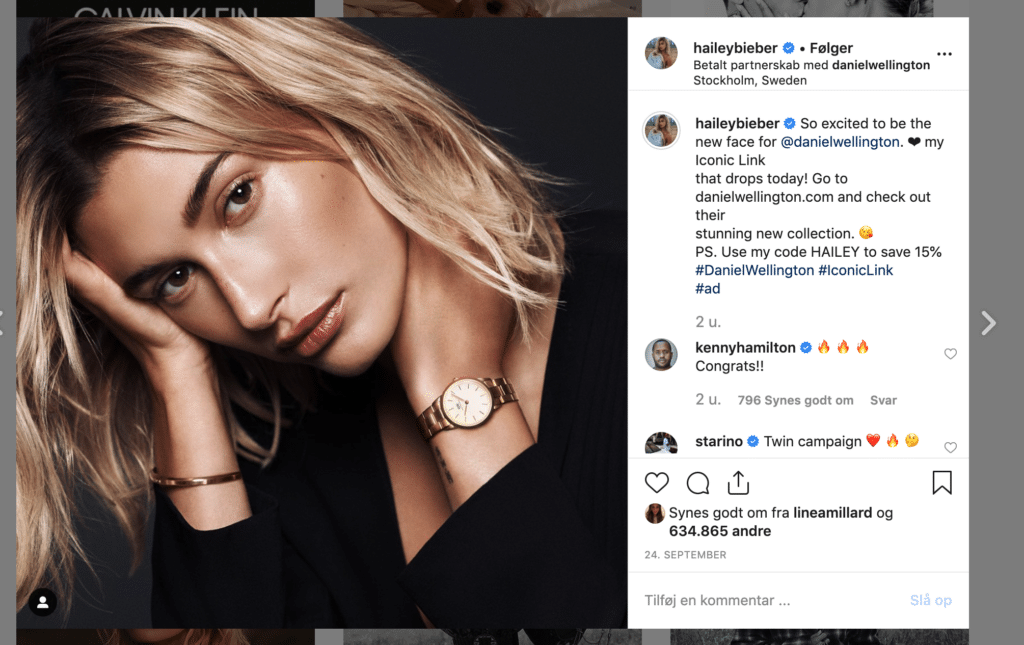
Additionally, Daniel Wellington often buys the rights to use influencers’ images in their own marketing, creating significant recognition in their pop-up stores around the world.
1 million dollars for a post
Kylie Jenner reportedly earns 1 million dollars, which equates to around 5
million Danish kroner, for making a single post. It sounds almost absurd, but why would she do it for less when companies know she’s worth it? Additionally, Kylie runs her own cosmetics company, which has made her the youngest “self-made” billionaire (in dollars) ever, so perhaps it makes more sense for her to focus there?
Let’s circle back to the overarching category: ‘celebrities.’ Celebrities’ social media accounts can be seen as a by-product of their respective careers, but one could argue whether someone like Kylie Jenner would have become as popular if social media hadn’t existed. There’s also no doubt that her participation in “The Kardashians” kick-started her career and celebrity status.
My point is that you should remember that this type of celebrity is often seen as a brand accelerator rather than a sales channel, and they’re often bound by large contracts that run over long periods, as companies see value in keeping an influencer tied to their brand for a long time, ensuring their brand is associated with major personalities over time.
The same goes for football stars like Ronaldo (not Cristiano), Ronaldinho, etc. All of these stars only came onto social media “late” in their careers, but they were still the faces of brands back when social media didn’t exist.
Good advice for businesses
Do you remember that I promised you some good tips earlier in the post? Well, here they are, so hang tight! As a business, you have a responsibility to analyze your influencers. If an influencer primarily posts pictures wearing very little clothing, you can be sure that most of their followers are of the opposite gender, whether they’re male or female. Thus, you can quickly assess who the target audience is.
Are they “jumpers”?
“Jumpers” is a term I use to describe influencers who simply hop (hence: “jumpers”) from one campaign to another. A “jumper” might promote a specific jewelry brand on Monday, and by Friday, they’re promoting a competitor of that jewelry brand. In other words, you can’t know where you stand with this type of influencer. You’ll want to avoid working with a “jumper” because this type of influencer often struggles to maintain credibility with their followers, making it unprofitable in the long run.
Test small – win big
The biggest mistake I see businesses make is that they fear missing out on the whole influencer wave because they know there’s a lot of potential in influencers. They invest large sums in various influencers without knowing how to analyze their value. Companies that forget this often end up disappointed with the results, and they frequently abandon the entire influencer field altogether.
Don’t do that!
Start by testing small.
Further down, I’ll explain how you can do this, so stick around!
Have the resources to commit fully!
It takes resources to ride the influencer wave. No matter which format or type of influencer you choose to invest in, be aware that it takes time, energy, and a lot of testing to figure out what works best.
Values
Values are important, whether we’re talking about internal values in a company, values in a partner, or values in a family. But values are also essential when it comes to influencer marketing. Companies must ask themselves: are the influencer’s values in line with ours? And do the influencer’s values reflect the company’s? These are crucial questions that must be asked before entering into a collaboration with an influencer.
“Shaping New Tomorrow” has succeeded in finding an influencer who aligns with their values and desired reputation. They’ve chosen to collaborate with UFC fighter Nicolas Dalby. Nicolas Dalby is shaping a brighter future by returning to UFC after battling depression. “Shaping New Tomorrow” wisely uses a person like him, who is a true fighter with solid values, something consumers can relate to.
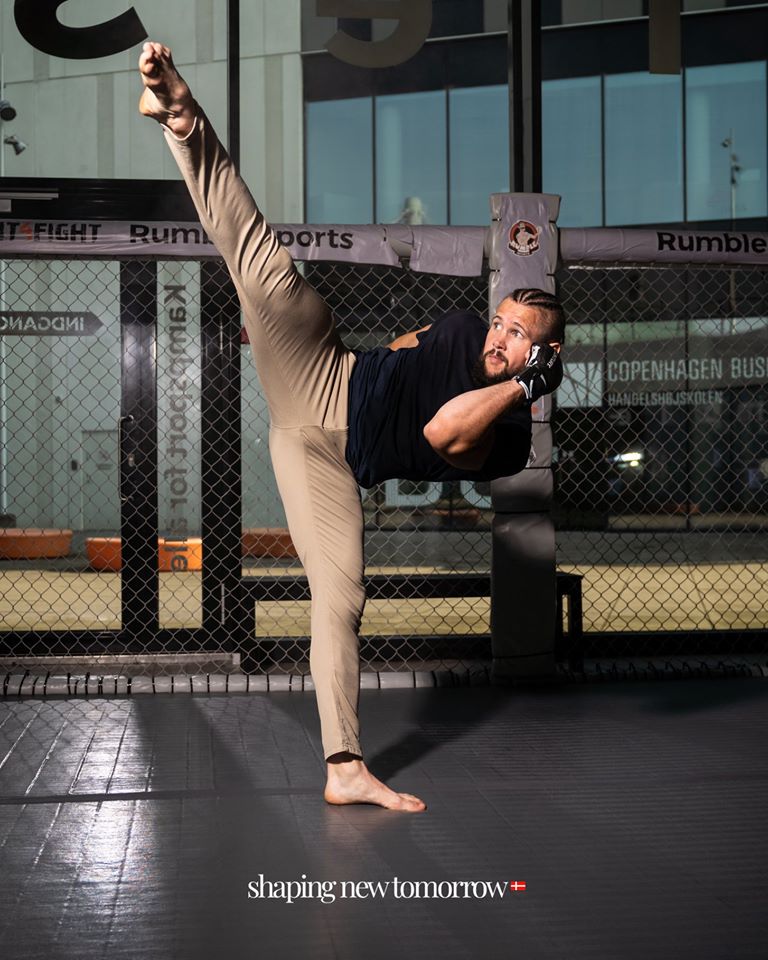
Collaboration models with influencers
When deciding to enter the influencer market, there are a few different things to consider.
Affiliate systems
An affiliate system is a system that doesn’t necessarily require direct communication with the influencer. An affiliate system is essentially a “company” that sits in the middle, where both businesses and influencers can sign up. Influencers can then choose which companies and campaigns they want to promote, and businesses must approve these influencers. Often, compensation is calculated per sale or lead, meaning the payment model is based on commission when using an affiliate system.
Affiliate systems are widely used by webshops and can often generate significant revenue, as influencers find the companies that match them, eliminating the need for manual searching. Additionally, the payment model is based on only paying when something is sold, minimizing risk.
After some time, you can see which influencers generate good revenue, allowing you to choose to establish a closer collaboration with these influencers. This can often create a solid, continuous business relationship, as you’ve already proven that a particular influencer can sell your products.
Systems I recommend:
- Partner-ads (great for webshops)
- Your own affiliate system (Getrewardful is recommended)
- Adrecord (great in Sweden)
- Awin (the largest system in the UK)
Influencer agencies
Many influencers who reach a certain size work with agencies and agents or are part of platforms. It’s much easier for them to be under an agent or agency than to negotiate with all the companies themselves. This can be a time-consuming process, and influencers don’t always feel comfortable navigating the business world of contracts, obscure financial terms, and complex collaboration agreements.
I remember when I started as a self-employed entrepreneur – it takes time to learn how to navigate that world, so it can be advantageous to have an agency or agent handle this part.
There are different types of agencies, and here are a few that I think do a great job.
- Cube
- Brandheroes
- Socialworks
- Bloggersdelight
Make Influence – Platform for influencers
An example of the above would be Make Influence.
It’s an influencer marketing platform that acts as a marketplace where businesses and influencers can meet and collaborate. Companies can use the platform to find, recruit, and work with influencers. MakeInfluence also has a performance-based and data-driven approach to influencer marketing, where influencers are paid based on the results they deliver for the company. For influencers, this often means working even harder to make the collaboration a success.
For businesses, it means getting a reliable and measurable ROAS.
Both parties now work towards a common goal, increasing performance and creating a more transparent relationship between the company and influencers.
Work directly with an influencer
Of course, you can also choose to enter into a direct collaboration with an influencer. This is a good process if you want to learn more about the world and build a close relationship with your influencers.
A Google Sheet could look like this:
| Name | Platform | Followers | Price | Media URL | Results |
| Maria | 2,000 | 1,000 | Click here | Good | |
| Sofie | 10,000 | Products | Click here | Average | |
| Cecilie | Blog | 8,900 / month | 2,000 | Click here | Very good |
Now, make sure to test at a pace that your budgets and resources can keep up with. Start by exploring collaborations with micro influencers, and do so at a pace that allows you to conduct an analysis that shows whether you’re benefiting from using influencers in your marketing.
How do you measure success?
More and more companies are realizing that influencers don’t just have to drive sales right now. I’ve talked a lot about this misunderstanding, which I generally encounter in all aspects of digital marketing: companies expect that they must generate sales immediately.
If everything is based on generating immediate sales, we’re placing too much value on the individual media and giving it too much trust. It’s all the tiny stones we throw in the water every day that create the ripples, which ultimately build a brand, loyalty, and ambassadors over time.
How often have you seen something once on social media and bought it right away? Just asking! It takes time to generate sales, and this is also true when talking about influencer marketing.
There are a lot of touchpoints – especially with the number of media that have come along. One of these touchpoints is influencers, so remember: If you’ve used an influencer for a specific campaign, don’t grab the popcorn and expect sales to skyrocket immediately. As they say, Rome wasn’t built in a day!
For example, Adidas has stated that they invested too much in direct sales campaigns, and they’re now refocusing on their brand, which all their analyses show is ultimately what builds long-term relationships.
Brand awareness
Brand value is one of the hardest things to measure. Nevertheless, we must try. It’s not something your typical data analysis will tell you. Quite the opposite. You need to know what to look for.
Brand searches via Google Keyword Planner:
You can use a Google Ads account, provided it has a long enough history, to see how many searches there are per month for your brand, as long as your brand name – mind you –isn’t too generic.
Do the same with a few of your competitors and with the keywords that best match your top products – this way, you’ll also discover whether the market is growing.
I usually create a small table like this:
| Search term | January | February | March |
| Our brand name | 20,000 | 10,000 | 10,000 |
| Competitor 1 | 10,000 | 5,000 | 9,000 |
| Core keyword | 50,000 | 70,000 | 100,000 |
Sales via Google Ads on brand name
If you see an increase in the number of sales via your brand, it’s probably because more and more people are searching for your brand. Compare this to the time periods and figure out what you did during the periods when it increased.
Reasons for brand search increases:
- More PR in the media
- Radio spots
- TV commercials
- YouTube channel with high activity
- Visibility on social media
- Offline media campaigns
CPM calculations:
When we focus on branding – including advertising – with branding in mind, we often look at what’s called CPM, which is a payment model where you pay per 1,000 impressions. This model works well with influencers – especially in story format, as stories often get a lot of views.
| Facebook ads | Google display ads | Influencer marketing |
| 90,000 impressions | 30,000 impressions | 40,000 impressions |
| 80 DKK / 1,000 impressions | 20 DKK / 1,000 impressions | 40 DKK / 1,000 impressions |
Additionally, I’d argue that if you’ve done your homework well, you’ve also found influencers who are worth more per 1,000 impressions because the sender already has credibility.
Website traffic
Of course, we also need to talk about driving traffic – because can influencers do that? That’s a question I’m often asked. The answer is: Of course, they can, if the campaign is right.
Influencers can most easily drive traffic through the following means:
- Instagram stories with swipe up
- Link to your site in their blog posts
- Posts on Facebook with a link to your site
- Do an interview with the influencer on your site and get them to share it on their platforms. This allows you to “tap” into their audience and gain traffic, which you can retarget later.
Important note: You can’t link to an external site from a regular Instagram post, and it takes several clicks to get people back to a “bio” and click there. So, be careful not to waste too much effort trying to get people to share in the feed if driving traffic is the goal.
Other things to consider:
- How many new followers does an influencer generate when they share something from you?
- Competitions that create visibility around your products and followers
- Saved posts: how many people save the posts?
- DMs: how many messages does the influencer receive about your campaigns?
- Hashtags: how many users can you activate to use your hashtags?
- Can you use the material after a campaign? And for how long?
AI’s role in influencer marketing
Artificial intelligence has made its way into digital marketing and is now slowly being used in influencer marketing.
According to a report from Influencer Marketing Hub, more than half of the surveyed marketing managers plan to use artificial intelligence and machine learning in the coming year to identify influencers and create the most effective influencer campaigns.
Using artificial intelligence, the most effective influencers can be tracked, along with their best-performing content with specific brands.
There will also be opportunities to have AI analyze whether the individual influencer’s values align with the brand’s values, and whether there is potential for an optimal collaboration.
In the future, I personally believe that AI will be increasingly used for predictive analysis based on previous results from influencer campaigns.
In other words, AI could be used to provide an indication of the expected engagement, reach, and ROI a specific influencer campaign will yield.
Optimize your foundation for success
Make sure to be clear about your goals for using influencers. Like with any other form of marketing, using influencers is not a “magic pill.” In the right strategy and with the right analytical tools, influencers can have an enormous impact on a company’s sales and brand awareness. But if influencers are not used wisely, it’s not necessarily a good investment!
Below, you’ll find some tips on how to get the most out of your influencers. Some of these will require effort, but they are also steps
that, when combined, can give you an edge over your competitors.
Unique landing page
Are you running an influencer campaign over a longer period? It could be a collection created in collaboration with one of your influencers.
Consider creating a unique landing page for them – on your own site, of course.
It could, for example, be with a unique URL like: “www.yourbrand.com/kyliejenner” – this way, you can really dive deep into your data analysis afterward. Create a super cool, personalized welcome page with images and videos from your influencers.
Discount code for tracking
Daniel Wellington is the world champion at this. They give all their influencers unique discount codes so they can see which influencers perform well.

When the campaign is over, you can export all the discount codes into an Excel sheet, and then you can see how many times the individual codes were used and who generated the most revenue. I probably don’t need to tell you that those planning to do this should have their own landing page, right?
UTM code
This is always one of the things I get asked about the most when I hold workshops and lectures.
“UTM codes… What are they again?”
In principle, it’s just a small tracking tag that you attach to your existing URLs to track them more specifically. Normally, a URL might look like “www.yourbrand.com/skincare-holidaybox.” But if you want to track how an influencer performs, you can give them their own unique URL instead.
“www.yourbrand.com/skincare-holidaybox?utm_source=influencer&utm_medium=co-labs&utm_campaign=kyliejenner”
This way, you’ll be able to see in your Google Analytics account how much all your influencers have sold together, and you’ll also be able to see how much traffic they’ve generated and who’s performing the best. Smart, right? J
Do people have money to spend?
A good rule of thumb is to consider launching your best influencer campaigns around holidays like Black Friday and payday.
When summer vacation is around the corner, and the sun is high in the Danish sky – and the week number is in the 28-29-30 range – we don’t shop online as much. So, it might not make much sense to launch your best influencer campaigns during this period, unless you’re selling rosé wine, crackers, and ice-cold Oreo ice cream with extra crunch (my favorite).
Important: Consider whether your campaigns should be planned around periods like Black Friday, payday, and other times when consumers actually have money to spend.
Bonus tips: Referrals in Google Analytics
Do you ever check your referrals in Google Analytics?
Otherwise, you might be walking past a gold mine without knowing it.
We’re so focused on looking at the major channels like Google, Facebook, direct traffic, and email marketing that we don’t properly explore the hidden gems in a more in-depth data analysis.
Under referral sites, or “referrals,” you can see which sites are sending traffic to you – besides the ones you normally look for. It might be an influencer, an online media outlet, or something else that’s already written about your products – you just don’t know it.
What is an influencer really worth?
Finito! Thank you for reading this far! Maybe you skimmed through parts of the post? That’s fine. Here’s a summary of what an influencer is really worth. It’s a question I promised to answer at the beginning, and a promise is a promise, right?
I just hope you won’t be disappointed when you hear the answer.
So Micky… How much is an influencer really worth?
I don’t think anyone can give a definitive answer. That’s the truth, and the answer. It’s extremely individual from case to case what an influencer is worth. I’ve seen incredibly impressive examples of companies that have increased their revenue and brand awareness through strong influencer strategies.
Unfortunately, I’ve also seen the opposite, but I won’t dwell on the negative – instead, I want to change the future.
That’s why my goal with this post is to create some transparency and equip you to get the most out of a collaboration – no matter which side of the table you’re on.
You might think I’ve wasted a lot of space to come to the conclusion that you can’t really map out what an influencer is worth. I see it more as having taken up a lot of space to explain that an influencer is very valuable if you implement a good strategy. I’ve also spent time describing that there are several different categories, and now you hopefully know that we can’t place all influencers in the same category. In other words, you’re hopefully sitting with a new approach to influencer marketing, and my hope is that my advice will help you become even sharper in this area.
So!
Let’s work together to create fantastic marketing campaigns that make sense for everyone involved and are worth being proud of!
Do you know an influencer or a company that could benefit from the marketing tips in this post you just plowed through?
Leave a comment below or share the post.
It would mean a lot to me.
Thanks for your time.






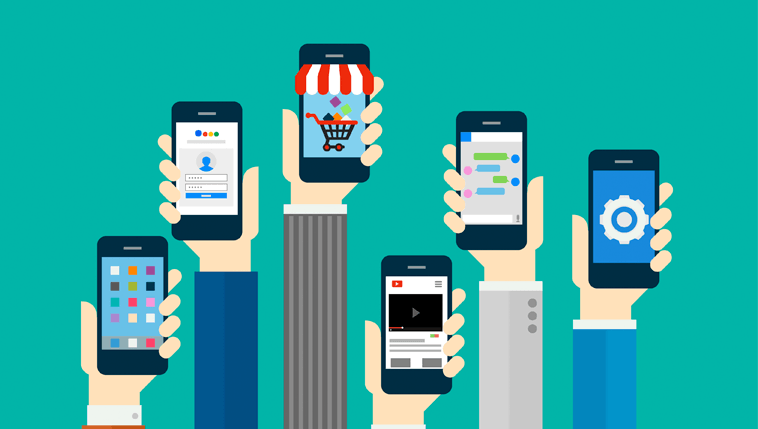
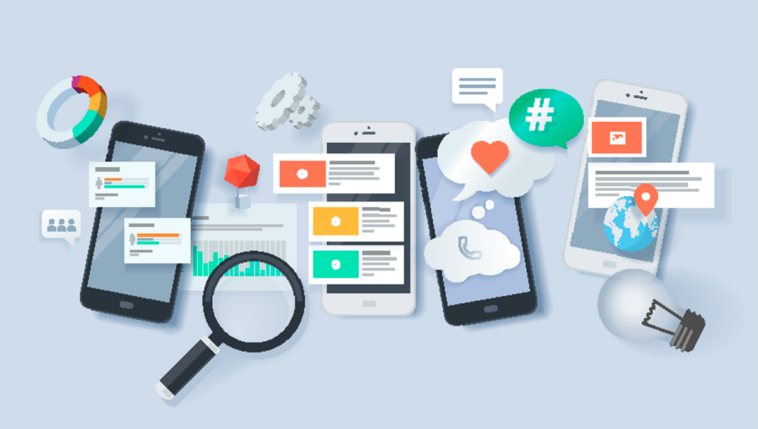



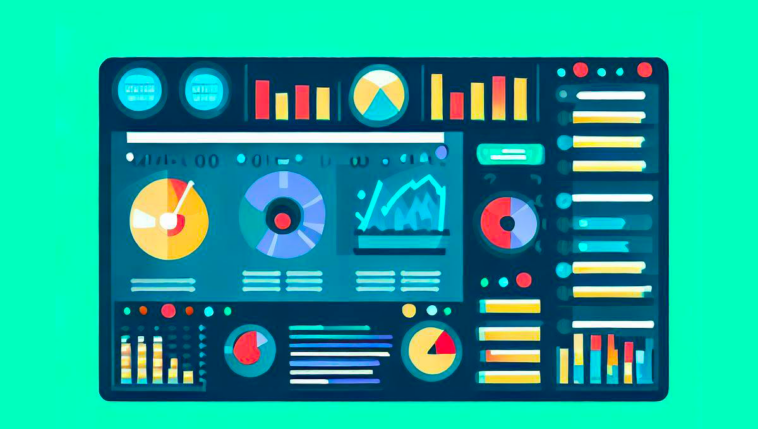
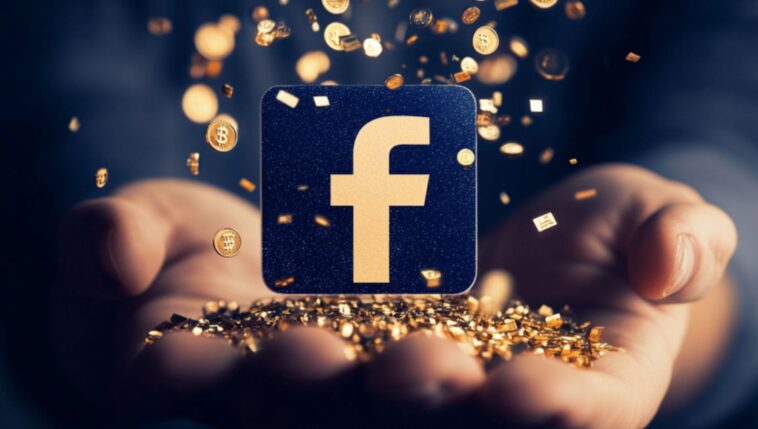

Comments